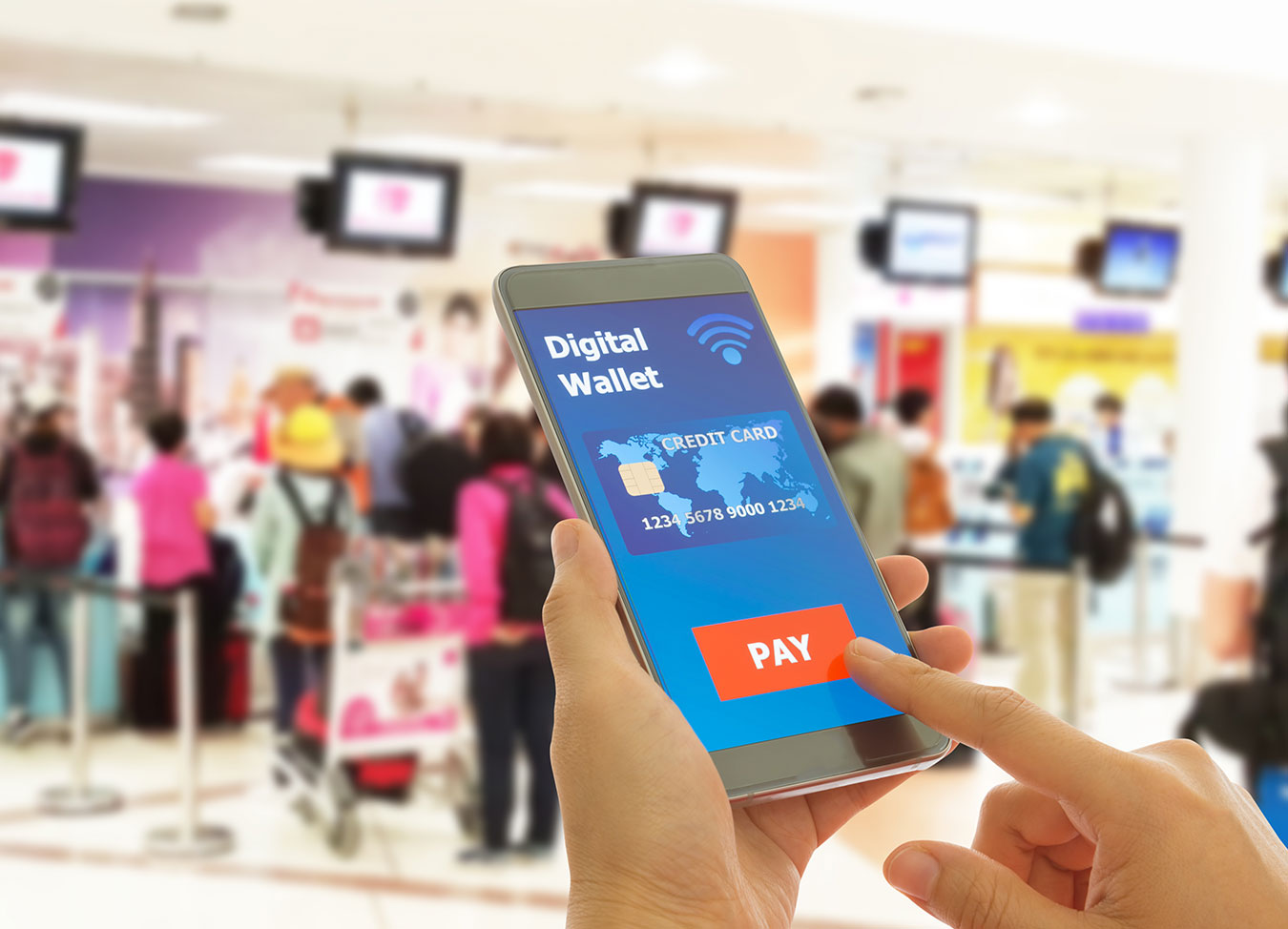
We asked Brandon Logsdon, President of Consumer Engagement at PDI Technologies, to share his insights on the latest customer engagement trends for 2023. Read on to discover how technology modernization is impacting retail trends and how it can position retailers for success.
Q: Retailers have been talking about personalization for years. What does that mean to you, and what do you expect to change in 2023?
BL: You’re correct that the desire to deliver a more personalized experience is hardly a novel concept. In fact, if you Google “top consumer engagement trends,” you’d likely see personalization on almost every list for the past several years.
For the last decade, convenience retailers have been exploring ways to leverage data to deliver a better customer experience. In 2023, we’ll see an accelerated evolution of personalization if the underlying technology stack can incorporate more effective use of first-party data and automation enabled through artificial intelligence. This powerful technology combination could enable retailers to make the consumer personalization journey much simpler—yet smarter and more impactful over time.
By introducing advanced technologies such as AI and machine learning into the process, you greatly reduce the burden on data analyst professionals. You don’t need to rely on a person to sort through purchase behavior data, then develop that data into segments and cohorts, then load everything into a campaign tool. Automating that process eliminates manual, repetitive tasks and frees up analysts to focus on campaign results and ongoing refinement—with the ultimate benefit of a more personalized experience for your customers.
Q: We’ve seen a steady rise in self-service since the pandemic. Have we reached the peak, or will we continue to see that as an ongoing trend?
BL: Even before the COVID pandemic, the labor market was already extremely tight, and those staffing shortages have only become more pronounced. With those shortages and the rising cost of staffing, expect to see even more investment in self-serve technology throughout all retail channels.
I’d watch for continued growth in kiosk-driven opportunities in physical stores. But kiosks bring up some other challenges and questions. Can you enable shoppers to fulfill an online order in your retail store via a kiosk? Can you add lockers or some type of automated pickup station to fulfill online orders?
Another industry trend to watch in 2023 is the accelerated use of QR codes. Ten years ago, we thought consumers would interact with QR codes at physical stores to activate a digital experience, but adoption never really took off. Today, however, consumers are much more comfortable using QR codes, so there’s a big opportunity to leverage them for self-serve capabilities.
In terms of self-checkout, we’ve seen a lot of investment by Amazon and their shop-and-walk-out technology. Thus far, that technology has been cost-prohibitive for mass adoption across the c-store space, but it’s something to consider if the cost of technology keeps falling.
Another trend is companies like GoSkip that are enabling mobile self-checkout in the physical store environment, which is different than the scan-it-yourself checkout most of us use today. Being able to buy something on your phone while in the store and then walk out with that product is probably the next stage of self-service in the consumer experience. That also solves a big challenge for retailers, because buying something on your phone reduces the front-of-store queueing issue we have with today’s self-checkout stations.
Q: Are there any other retail industry trends that we should watch for?
BL: One trend might be described as “COVID whiplash.” Even though there was an immediate need to build up e-commerce capabilities at the start of the pandemic, there’s strong evidence that some companies over-invested. Now that we’re realizing how many consumers still prefer an in-person shopping experience, some retailers are struggling to keep up.
We’ve seen some fascinating case studies of what not to do. Some retailers had the wrong product mix going into the pandemic, where they weren’t prepared for e-commerce when their stores had to close. They had to scramble to raise their digital game, and they had to dramatically change their product assortment to align with the new purchasing behaviors of pandemic-era consumers.
And then coming out of the pandemic, some retailers have struggled as their stores have reopened, because their stores no longer had the right product assortment for post-pandemic consumer behaviors. Suddenly, they got stuck with a lot of inventory that wasn’t moving fast.
In contrast, the success stories we’ve seen are the retailers that found the right balance between their digital and physical store investments—and the right product mix for each. If you invested in modern technology infrastructure, you’ve probably been able to adapt quickly to these changing market dynamics. If you didn’t invest in digital transformation, you’re already at risk of getting left behind.
Learn more
To learn more about additional 2023 trends, be sure to visit our Trends page.
You can thrive in today’s digital economy. Contact us today to learn how we can help you transform your business.







